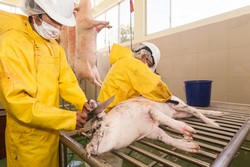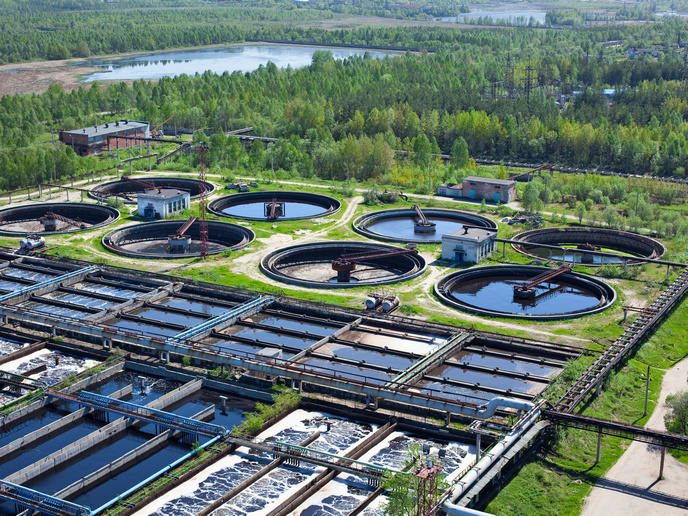Biogas from slaughterhouse waste
Large amounts of solid wastes with a high lipid and protein content are produced by slaughterhouses. This gives the waste greater potential for methane production than other feedstocks, such as energy crops or municipal water. However, lipid-rich waste can inhibit the growth of microorganisms, reducing efficiency and creating problems in anaerobic digestion. The ADAW (Saponification pre-treatment and biosensors based control system for slaughterhouse waste anaerobic digestion improvement) project set out to improve biogas production technology and treat lipid-rich waste from the slaughtering industry. Project partners used thermo-chemical pre-treatment to improve biogas yields through a hot hydrolysis reaction between a fatty acid from non-soluble slaughterhouse waste and an alkali. The result was smaller, simpler molecules with improved contact between the substrate and microorganisms that enhanced anaerobic biodegradability. Ultrasonic-dispersion was then used to break down complex organic molecules and aid their digestion by bacteria during anaerobic digestion. Online sensors were developed to detect alkalinity and volatile fatty acids, thereby resulting in better control of the anaerobic digestion process for stable automated biogas process control. ADAW was targeted at two main groups of end-users. The first was small- and medium-sized slaughterhouse operators who will benefit by integrating a small-scale biogas plant into their operations without the need for major investment. The second group included commercial biogas operators who will now be able to use slaughterhouse waste as a potential source of energy. The technology developed by ADAW will mean that certain types of organic wastes with high protein and lipid content will be correctly managed and exploited through the use of anaerobic digestion processes. Furthermore, biogas plant operators will be able to feed their system with slaughterhouse waste. Until now, it has not been possible to carry out this treatment through anaerobic digestion.
Keywords
Slaughterhouse waste, lipid, protein, methane, anaerobic digestion, volatile fatty acids







